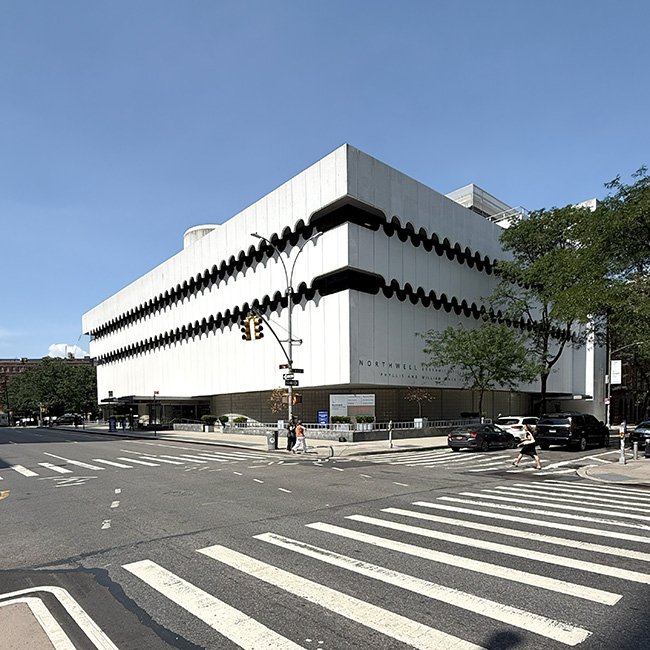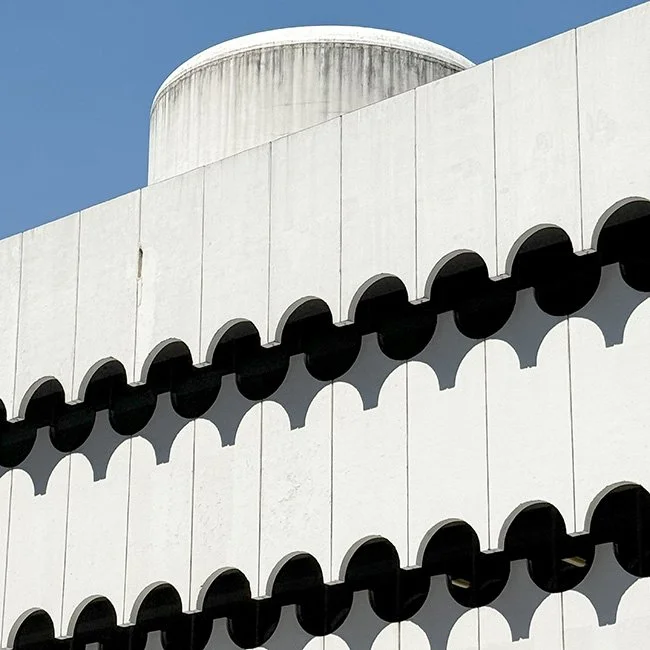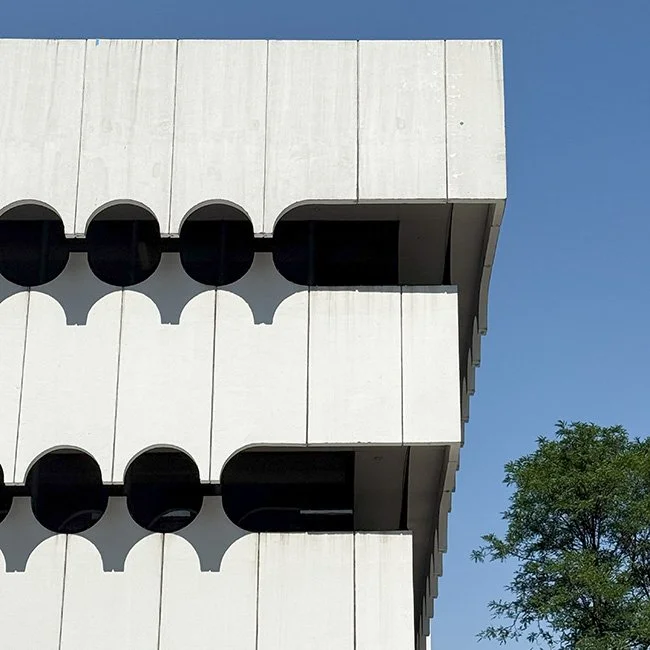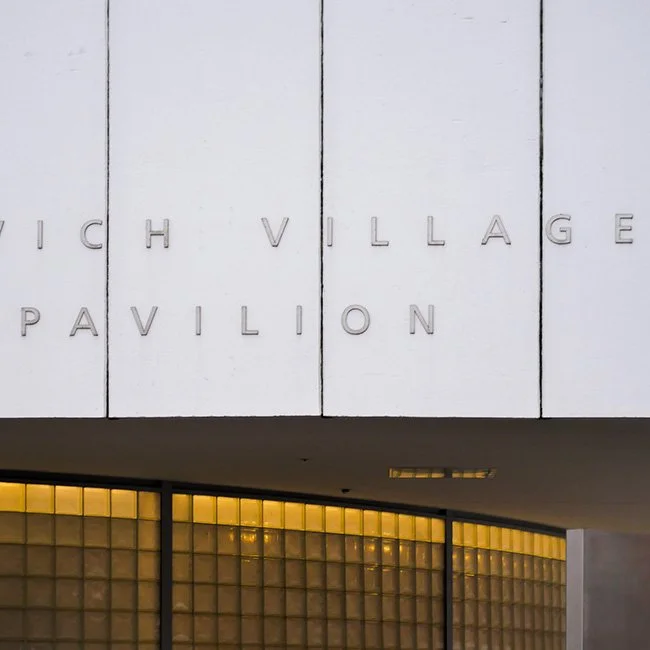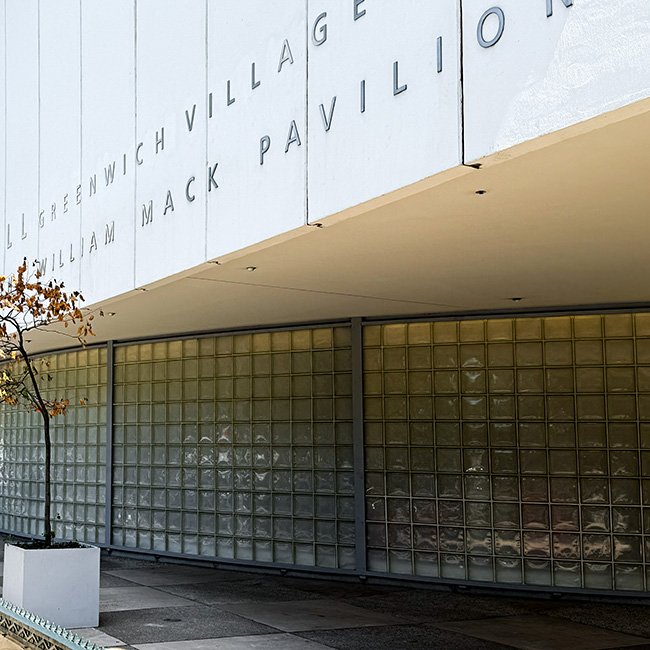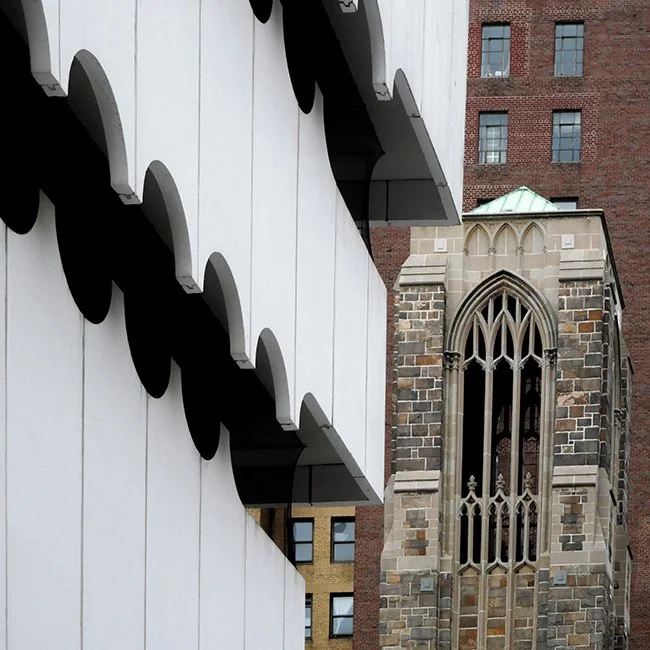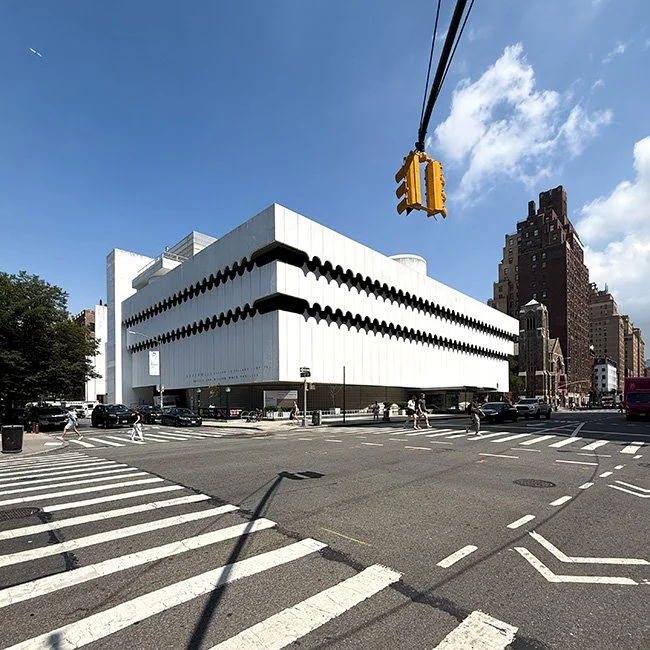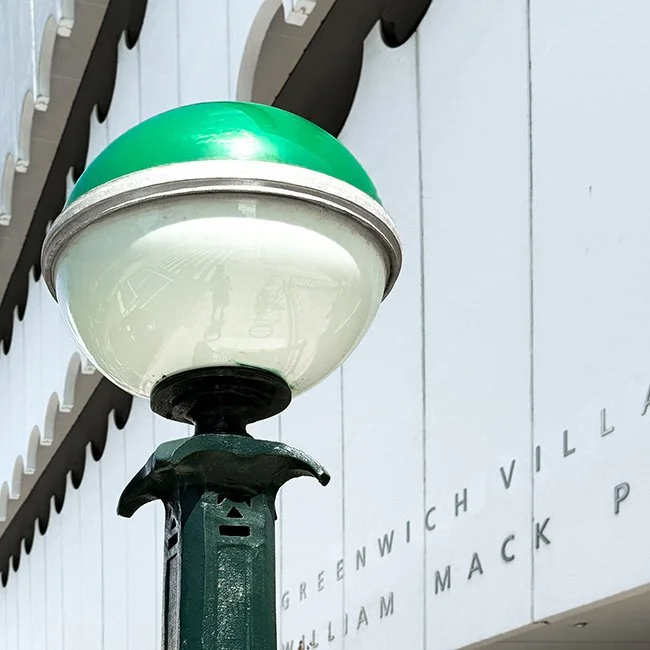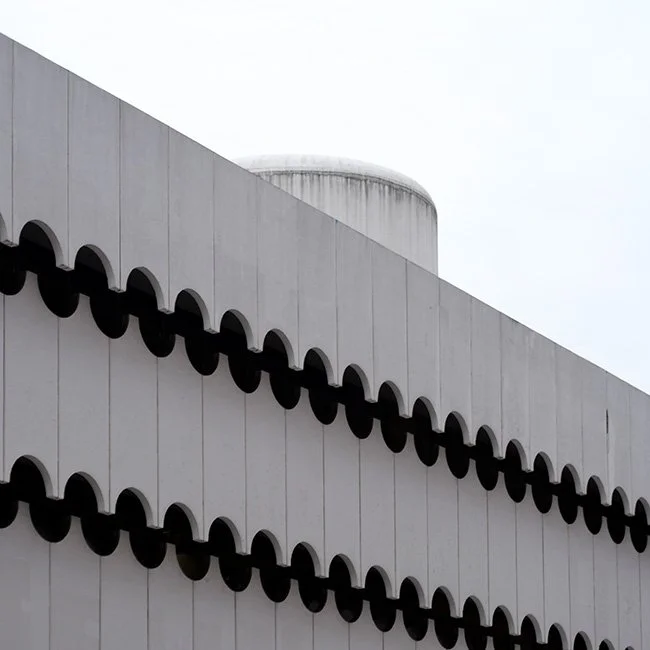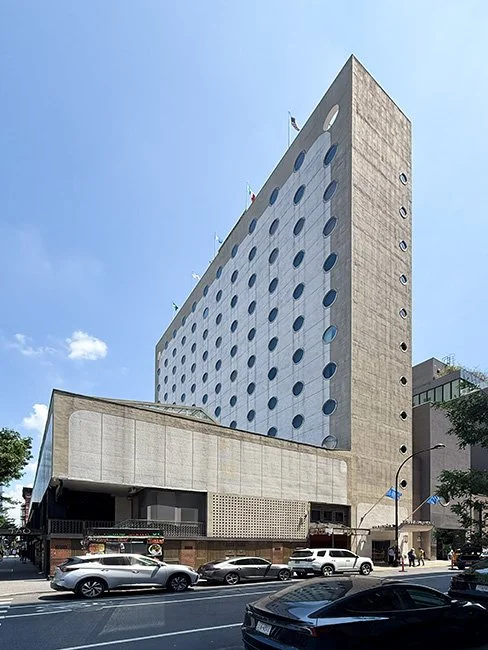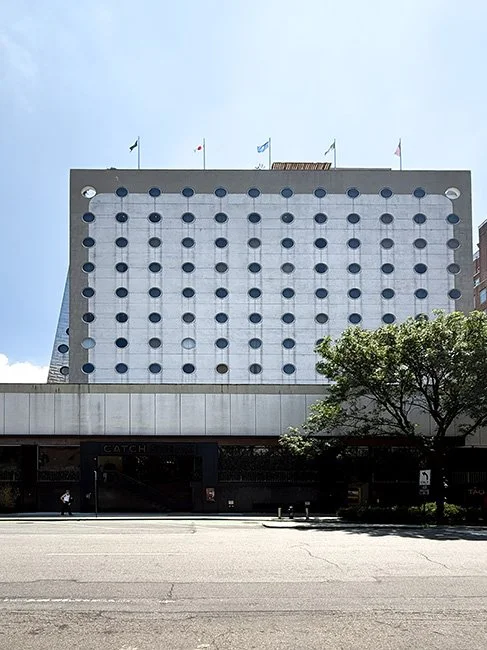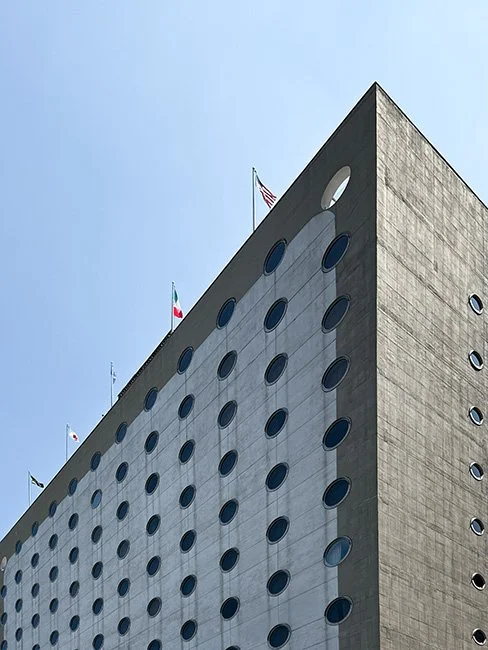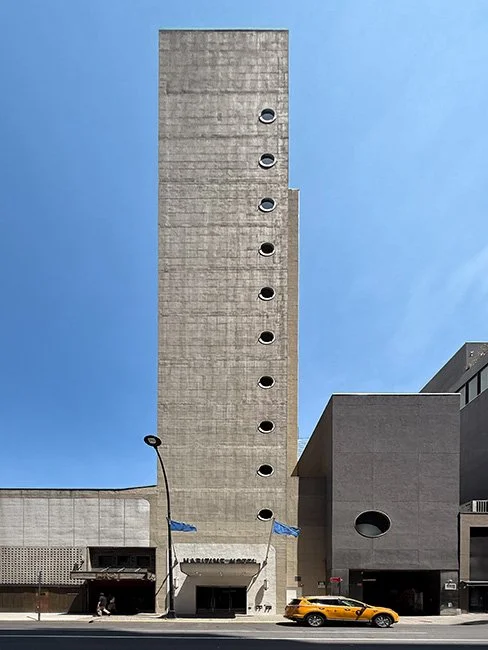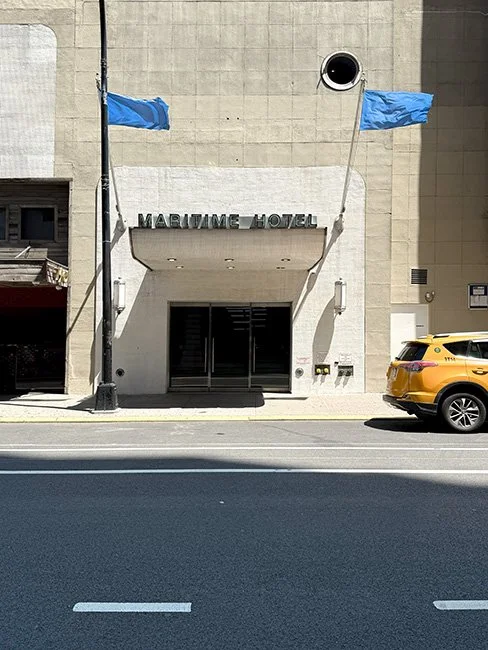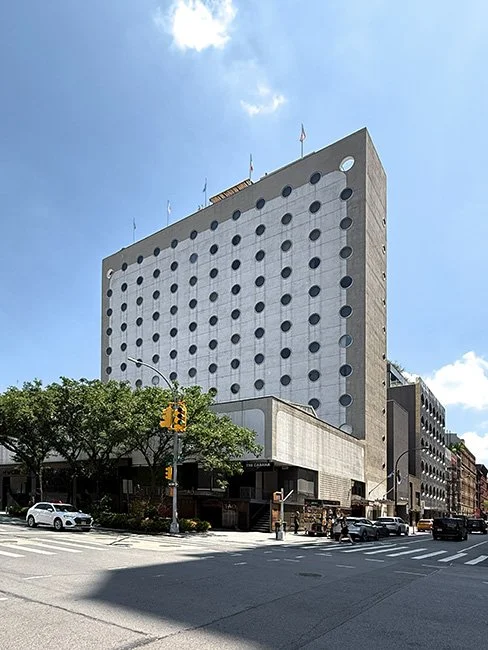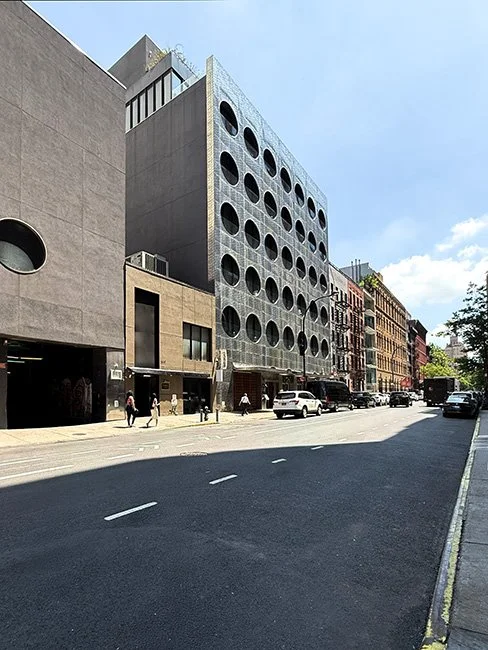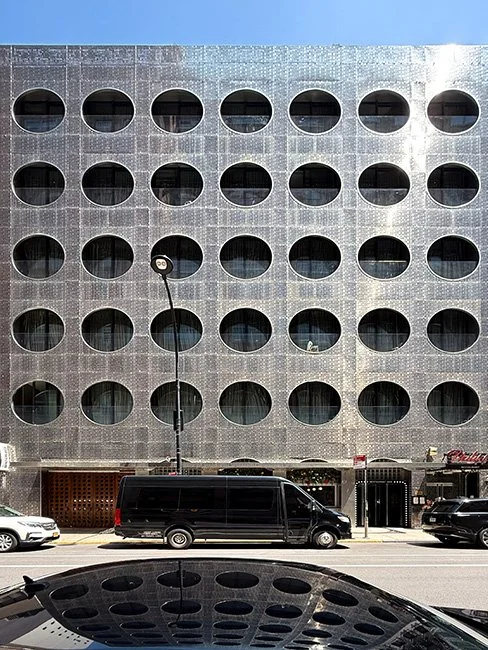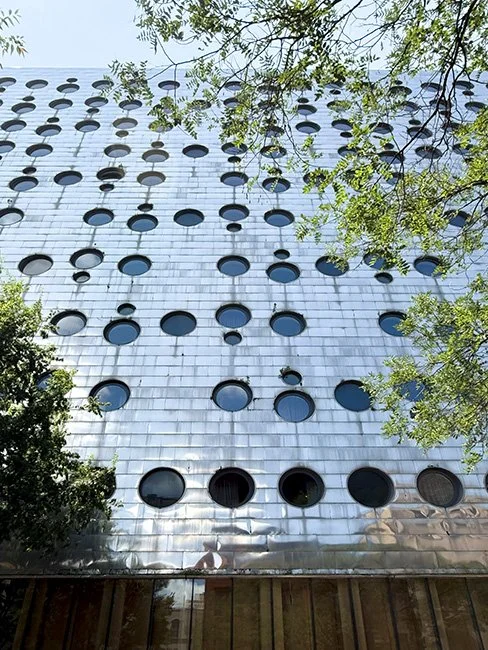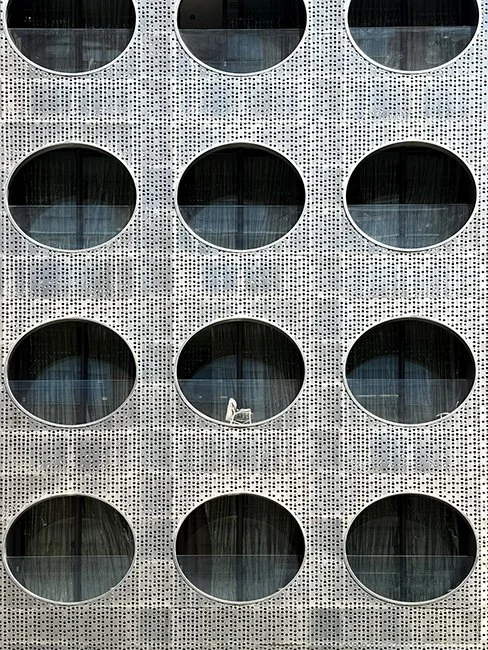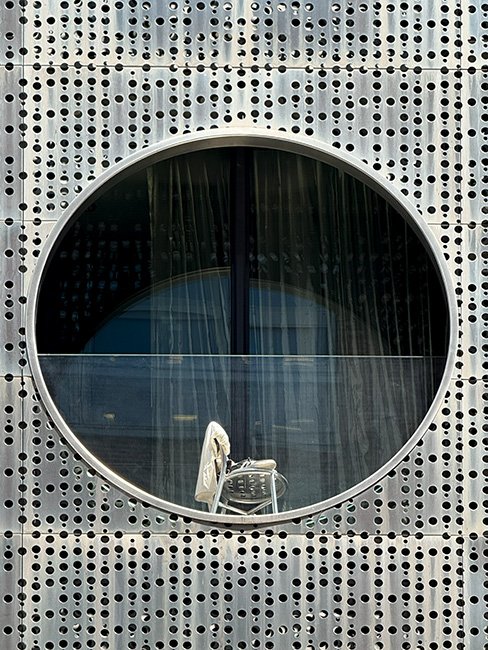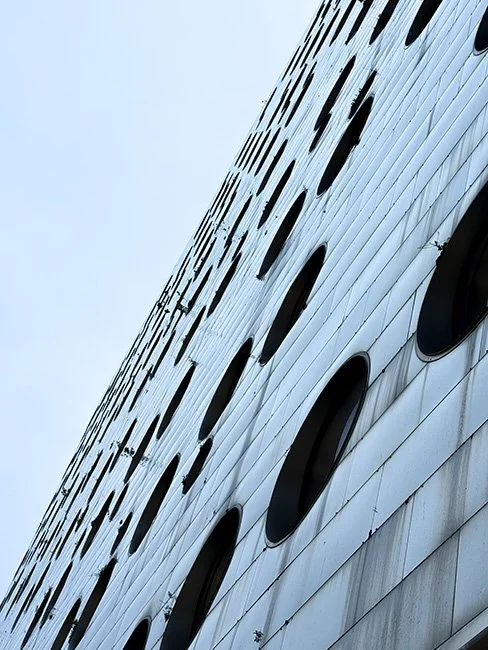
ALBERT C. LEDNER
Albert C. Ledner was an American architect known for his imaginative, unconventional designs that blended modernism with quirky, organic forms. Influenced early on by Frank Lloyd Wright, Ledner developed a distinctive style that often incorporated playful geometry, unusual materials, and strong attention to craftsmanship. He is best known for his mid-20th century buildings for the National Maritime Union, particularly in New York City, where porthole windows and bold curves echo nautical themes. Ledner’s residential projects, mostly in New Orleans, display his hands-on approach and inventiveness, often customizing details to reflect the lifestyle and personality of the client. Rejecting the rigid formalism of mainstream modernism, he embraced a more personal, experimental language that made his work stand out for its originality and warmth. Despite working largely outside the architectural spotlight, Ledner's contributions offer a compelling counterpoint to the dominant narratives of 20th-century American Architecture.
ABOUT THE ARCHITECT
PROJECTS:
LENOX HEALTH GREENWICH VILLAGE
New York City, NY - United States
ACCESS:
Restricted: This is an active hospital, access to the public is not permitted.
ADDRESS:
203 W 12th St, New York, NY 10011
DISCRIPTION:
Lenox Health Greenwich Village, originally designed by Albert C. Ledner in the 1960s as a headquarters for the National Maritime Union, stands out in Manhattan for its bold, nautical-inspired architecture. The building’s rounded forms, scalloped edges, and signature porthole windows give it the appearance of a ship docked in the city. Ledner’s design rejected the rigidity of conventional office buildings, instead embracing a whimsical, expressive modernism that reflected the union’s maritime identity. The white façade and curved overhangs add a sense of lightness and motion, while the circular glass-enclosed lobby hints at oceanic themes. After its transformation into a freestanding emergency facility in the 2010s, key architectural elements were preserved and integrated into the new healthcare function. The renovation honored Ledner’s original vision while adapting the structure for contemporary medical use, making it a rare example of mid-century modern design successfully reimagined for 21st-century urban life.
NOTES:
While visiting the site it is worth seeing the AIDS memorial at the neighboring park. You should also visit the Maritime Hotel near the highline by the same architect.
MARITIME HOTEL
New York City, NY - United States
ADDRESS:
363 W 16th St, New York, NY 10011
ACCESS:
Limited: Many spaces in the property are only accessible to guests.
DISCRIPTION:
The Maritime Hotel, originally designed by architect Albert Ledner in the 1960s as a headquarters for the National Maritime Union, stands as a bold and unconventional piece of modernist architecture in Manhattan’s Chelsea neighborhood. Its most distinctive feature is the rhythmic pattern of porthole-like windows that punctuate the white façade, giving the building a nautical character reflective of its original purpose. The curved corners and stark, geometric form set it apart from its urban surroundings, establishing a visual identity that feels both retro and futuristic. When later adapted into a hotel, the structure’s maritime spirit was preserved, blending Ledner’s original vision with updated interiors and amenities. The design’s originality lies in its fusion of function and symbolism—merging seafaring references with modern architectural principles. The building remains a rare example of expressive mid-century architecture in New York, characterized by a willingness to experiment and challenge conventional design norms.
NOTES:
The neighboring Dream hotel and nearby Lenox Health Building are also works by Ledner.
DREAM DOWNTOWN
New York City, NY - United States
ADDRESS:
355 W 16th St, New York, NY 10011
ACCESS:
Limited: Many spaces in the property are only accessible to guests.
DISCRIPTION:
The Dream Downtown Hotel in New York City, originally designed by architect Albert Ledner in the 1960s as a maritime union building, was later transformed into a hotel while preserving key elements of its bold, modernist identity. Its distinctive façade features circular porthole-style windows, a nod to its nautical roots, arranged in a rhythmic grid that plays with light and symmetry. The renovation retained much of Ledner’s original structure but added new layers of luxury and urban vibrancy, including a glass-bottom rooftop pool and a striking metal canopy. The building’s retro-futuristic character blends industrial toughness with playful design, standing out in Manhattan’s urban landscape. The interplay between past and present, form and function, makes the Dream Downtown a rare example of adaptive reuse that honors its architectural legacy while embracing contemporary hospitality and style.
NOTES:
The neighboring Dream hotel Maritime Hotel nearby Lenox Health Building are also works by Ledner. Be sure to check out both the 16th and 17th Street facades.

